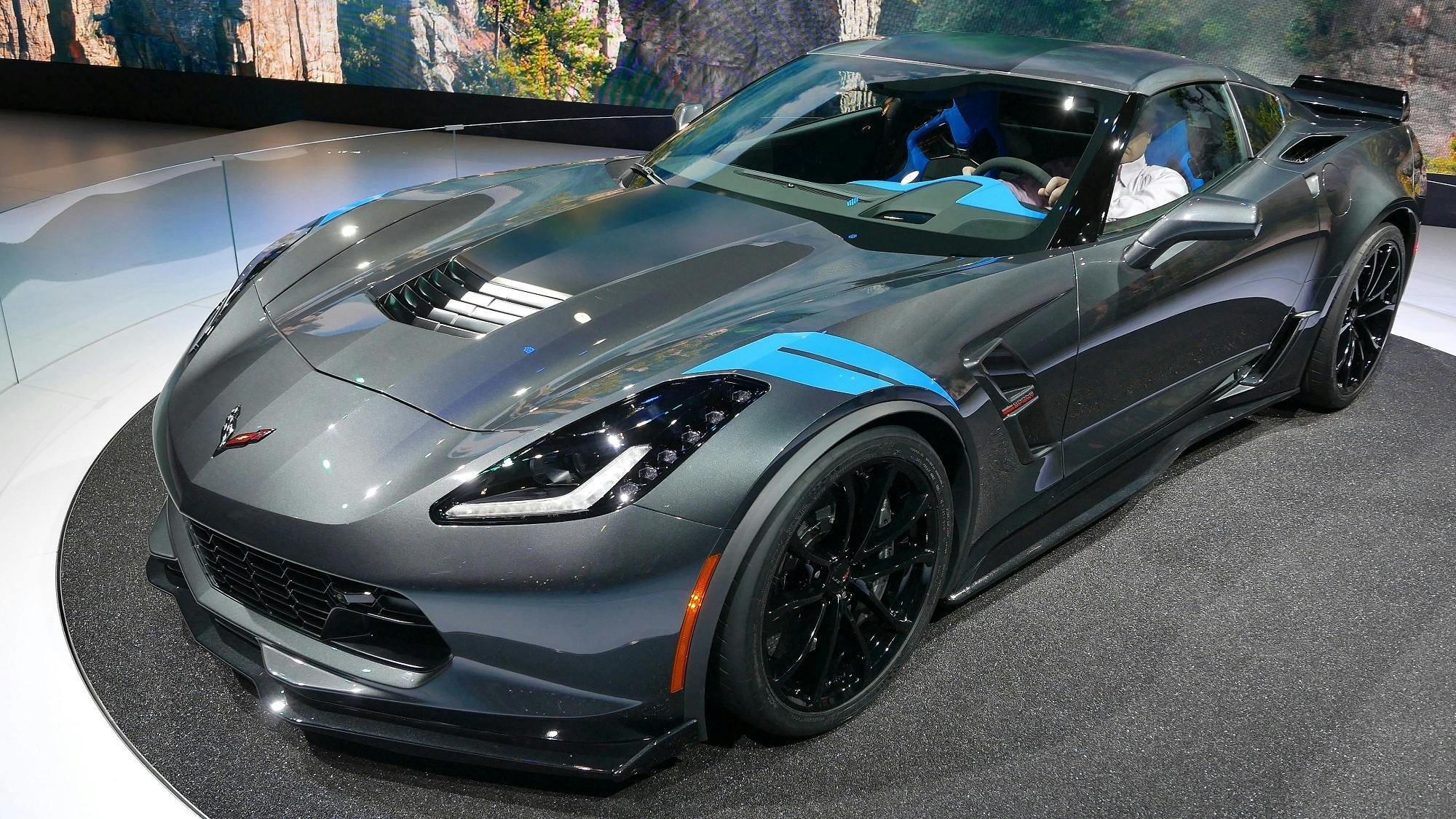Car Insurance Isn’t Just Protection — It’s Financial Armor Against Real-World Risk Drivers Ignore
Most drivers think car insurance is a legal checkbox — a document you need so you don’t get fined. That’s the mindset that keeps people vulnerable. Insurance isn't paperwork — it's economic armor. And the road isn’t a smooth surface. It's a battlefield of unpredictable risk: One distracted driver. One sudden medical bill. One uninsured vehicle hitting you out of nowhere. One lawsuit that erases your savings in a week.

Most People Buy Car Insurance for Legal Compliance — The Smart Buy It for Financial Survival
The law requires minimum liability coverage — but what the law demands and what reality demands are two different things. Legal minimums are designed to protect the state — not your wallet.
That’s the truth insurance companies won’t say directly: “Yes, you're compliant — but you're financially exposed.”
- 🚨 A lawsuit from an accident injury can exceed minimum coverage in less than 60 seconds.
- 💸 One uninsured driver hitting you can trigger thousands in out-of-pocket losses if you’re not fully covered.
- ⚖️ Legal liability can follow you for years — wages garnished, savings frozen, credit score destroyed.
Car insurance done right doesn’t just pay for damage — it stops financial collapse from chain reactions people never see coming.
Risk on the Road Isn't About Crashes — It's About Financial Fallout
People hear “car accident” and think of broken headlights and insurance adjusters taking photos. But the financial side of an accident is a longer, darker story — one that doesn't end when the tow truck arrives.
In the United States alone:
- 💰 **Average accident cost:** $9,300 for property damage.
- ⚖️ **Injury-related accidents:** range from $20,000 to $80,000.
- 💉 **Medical liability lawsuits:** frequently exceed **$300,000+** — even for moderate cases.
- 🧾 **If the victim sues for lost wages or emotional damages**, financial exposure can escalate into **millions**.
The real threat isn’t the crash itself — it’s the invoices and legal consequences that come after it.
A Single Accident Can Trigger a Legal and Financial Chain Reaction
Here’s how disaster unfolds for uninsured or underinsured drivers:
- 🚗 Step 1 — Accident occurs. Adrenaline kicks in. Everyone checks for injuries.
- 📞 Step 2 — Reports are filed. The moment police and insurance get involved, facts are frozen.
- 📄 Step 3 — Liability is assigned. Even a 10% fault ruling against you can put you on the hook for thousands.
- ⚖️ Step 4 — Attorneys step in. Injury attorneys don’t negotiate — they escalate.
- ⛔ Step 5 — Financial extraction begins: bank accounts frozen, wages garnished, liens placed against future income.

Protection isn’t just fixing your car. It’s defending your finances from legal machinery.
Why Most Drivers Are Financially Exposed — The Psychology of Denial
Humans are wired to downplay risk. That’s why people say: “I’m a careful driver — I won’t cause an accident.” But that logic ignores a brutal truth:
You don’t need to cause an accident to lose everything — you just need to be involved in one with the wrong person.

Most financial trauma from accidents isn't caused by bad driving — it's caused by bad insurance assumptions.
Liability Coverage vs Full Coverage — Compliance vs Real Protection
Most drivers think they’re safe because they purchased what insurers call “Full Coverage.” Here's the uncomfortable truth:
“Full Coverage” is not a legal insurance term — it’s marketing language designed to make policies sound complete.
Legally, there are two core coverage philosophies:
- ⚖️ Liability Coverage — minimum legal requirement; protects others from your mistakes.
- 🛡️ Extended Coverage (Often Called "Full") — may protect you depending on how it’s structured, but it has gaps.
The difference is huge:
- ✅ Liability coverage keeps you legally compliant.
- ✅ extended coverage can protect your car — but only up to limits and only under certain conditions.
- ⚠️ Neither automatically guarantees coverage against uninsured drivers, lawsuits, lost wages, or medical escalation.
How Lawsuits Destroy Financial Stability — Even When You’re “Technically Insured”
Many drivers think: “If something happens, that’s what insurance is for.” But insurance has payout limits. Lawsuits do not.
Once a claim exceeds your coverage cap, the rest comes directly out of your personal assets — savings, property, even future wages.
You can be insured and still lose your house, retirement savings, and income stability — simply because your coverage stopped paying before the legal system did.
- ⚠️ Medical lawsuits can pursue your personal assets even after your insurer pays out.
- ⚖️ Courts can approve wage garnishment for years until damages are fully repaid.
- 🏠 Assets like home equity, bank balances, bonus payments — all can be legally targeted.
The Solution Wealthy Drivers Use — Liability Shielding and Umbrella Coverage
Financially aware drivers know one rule: Insurance is step one. Asset shielding is step two. That’s where Umbrella Insurance comes in — an additional coverage layer designed to cover legal excess beyond standard limits.
Without umbrella coverage:
- 🚫 You rely entirely on your insurer’s payout cap.
- ⚠️ If the case exceeds that cap — attorneys can come after personal wealth.
With umbrella coverage, legal claim overflow is absorbed — protecting your net worth from being exposed to court extraction.

The Real Cost of Cheap Insurance — What Drivers Discover Too Late
The trap becomes obvious only after an accident occurs. Cheap insurance is comfortable when nothing happens — but catastrophic when something finally does.
Here’s the breakdown:
- 💵 **Low premium = low monthly cost → high psychological relief**
- 🧾 **But in an accident = massive out-of-pocket + financial exposure + legal risk**
- 💣 **Conclusion:** you didn't save money — you deferred a larger financial hit
A cheap premium saves you $40/month — a lawsuit can take $40,000 in a single judgment.

The Blueprint of a Financially Intelligent Car Insurance Plan — What High-Net-Worth Drivers Do Differently
Wealthy drivers don’t ask: “What’s the cheapest policy?” They ask: “How do I structure coverage so that one accident cannot damage my financial trajectory?”
Most drivers only protect the car. High-net-worth drivers protect:
- 💰 Current savings — avoiding liquid asset seizure
- 🏠 Home equity — preventing legal claim attachments
- 📈 Future income streams — shielding future earnings from garnishing
- ⚙️ Credit score integrity — maintaining financing power even after a claim
To them, insurance is not a vehicle repair tool — it’s a wealth preservation shield.
The Financial Protection Framework Used by Smart Policyholders
Smart drivers architect their coverage like this:
- 🔰 Base Liability Expansion — raise liability beyond minimum state levels.
- 🧩 Add Uninsured/Underinsured Motorist Coverage — defend against others' negligence.
- 🛡️ Include Medical Payments (MedPay or PIP) — immediate medical cost buffer.
- 🚨 Consider Umbrella Policy — secondary financial shield against lawsuits.
- ⚡ Gap Coverage (for financed vehicles) — eliminate loan debt risk post-total loss.
This multi-layer method turns an ordinary policy into a financial defense system.

Gap Insurance — The Protection Most Drivers Discover Only After It’s Too Late
When a financed car gets totaled, insurance companies don’t pay what you still owe on the loan — they pay “market value” which is often thousands less than your remaining loan balance.
This creates the “negative equity trap” — you lose the car AND still owe the bank money for a vehicle you can no longer drive.
- 🚗 Car value at the moment of the crash: $18,000
- 💳 Remaining loan balance: $26,000
- ⚠️ Insurance payout: $18,000 → **Bank still wants $8,000 from you**
Gap Insurance covers that difference, closing the debt gap and preventing future payment obligations for a car that no longer exists.
Why Most Financed Car Owners Are Completely Exposed Without Gap Coverage
Dealerships push financing aggressively — they rarely push proper risk coverage. Because finance departments earn profit from loans, not from your long-term financial safety.
That’s why Gap Insurance is a financial survival mechanism — not an optional add-on.
Without Gap Coverage: You don’t just lose your car — you start paying for a car that doesn’t exist.

Telematics, Driving Scores, and the Invisible Metrics That Control Your Premium
In the past, insurance pricing was simple: age, ZIP code, vehicle model, and past violations. Today, that model is outdated — insurance companies now profile your behavior using telematics devices and driving apps.
These systems track:
- 📍 **Location habits** — high-risk routes increase internal risk scores
- ⚡ **Acceleration and harsh braking** — interpreted as aggressive driving
- 🌙 **Night driving frequency** — increases risk load even without violations
- 📊 **Phone movement while driving** — distraction metrics silently raise your premium category
Insurance companies are not just observing — they are calculating a “risk profile signature” on every driver.
Final Reality — Car Insurance Is Not an Expense. It’s Financial Armor.
Too many drivers see insurance as a bill — something to minimize and forget about. But after going through real financial case studies, one truth stands clear: Insurance is a defensive investment against catastrophic financial loss — not a monthly deduction.
A crash can be repaired. A financial lawsuit can follow you for a decade. That’s why the most financially stable drivers treat insurance not as a purchase, but as wealth preservation architecture.
Cars can be replaced. Financial reputation cannot.



